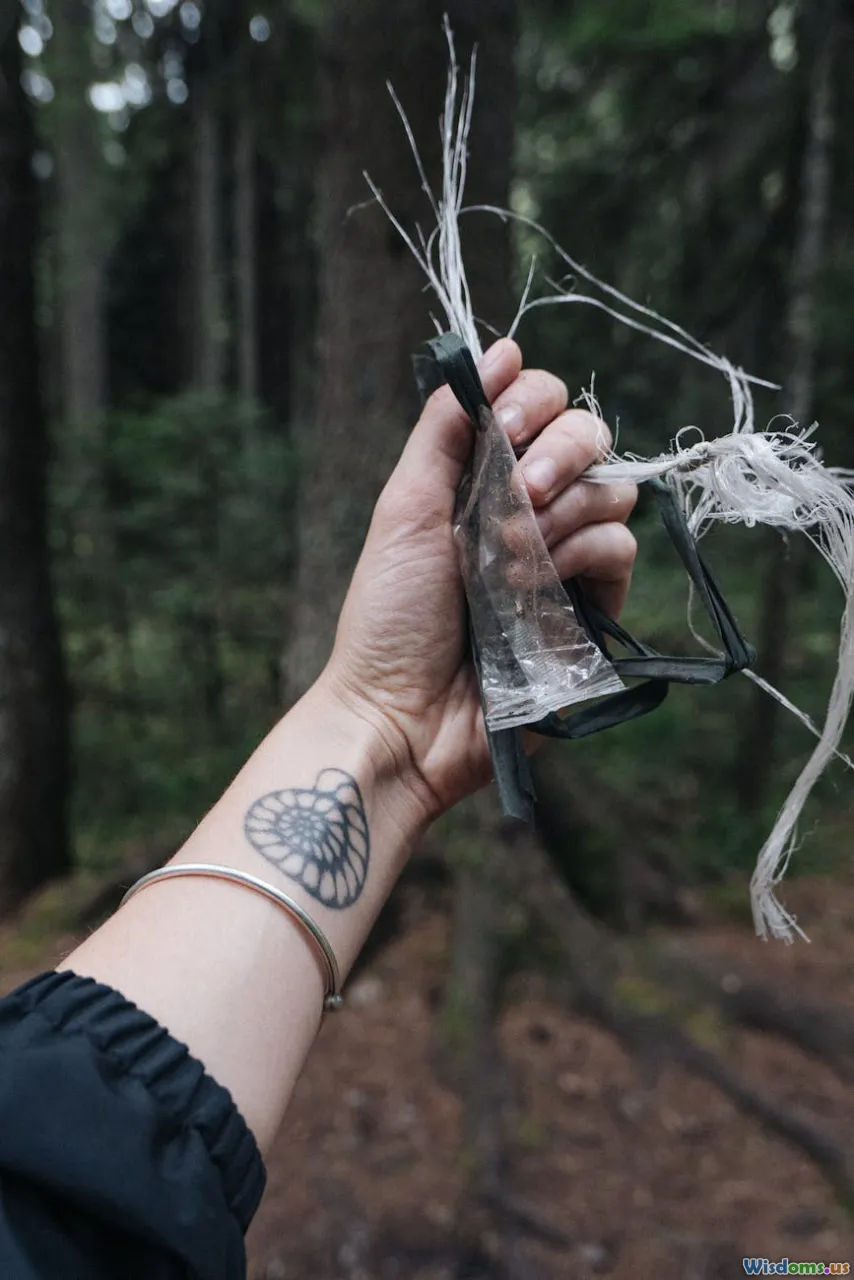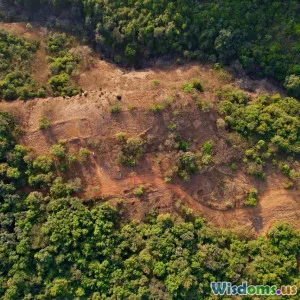
A StepbyStep Guide to Starting a Community Recycling Drive
6 min read Learn how to organize a successful community recycling drive in simple steps that make a real environmental impact. (0 Reviews)
A Step-by-Step Guide to Starting a Community Recycling Drive
Recycling is more than just sorting cans and plastics—it's a vital action toward preserving our planet. Imagine transforming your neighborhood into an active and passionate eco-friendly community with a recycling program everyone participates in! If you've ever wondered how to kickstart a successful community recycling drive, this comprehensive guide will walk you through each crucial step to turn your vision into reality.
Why Start a Community Recycling Drive?
Environmental challenges such as landfill overflow, pollution, and resource depletion affect us all. Communities play a critical role in sustainable solutions, and a local recycling drive can:
- Reduce Waste: According to the EPA, recycling and composting prevented 82 million tons of waste from landfills in the U.S. alone in 2018.
- Conserve Resources: Recycling conserves raw materials and energy. For example, recycling aluminum saves 95% of the energy required to produce it from raw ore.
- Engage and Educate: Drives foster community cohesion and increase environmental awareness.
Real-world example: In 2019, a recycling initiative in San Francisco increased recycling rates by 30% through consistent community involvement.
Step 1: Set Clear Objectives
Before you begin, define what success looks like. Questions to consider:
- What materials will you collect? (e.g., paper, plastics, electronics)
- What volume or participation rate do you aim for?
- Are you focusing on awareness, fundraising, or waste diversion?
Setting SMART (Specific, Measurable, Achievable, Relevant, Time-bound) goals gives your drive structure and purpose.
Example goal: Collect 500 pounds of plastics and paper from fifty households within 3 months.
Step 2: Assemble a Team of Passionate Volunteers
No successful community project runs solo. Connect with neighbors, local environmental groups, schools, and businesses. Delegate roles such as:
- Coordinator: Oversees the drive
- Logistics Manager: Handles collection points and materials
- Communications Lead: Manages outreach and publicity
- Treasurer: Manages donations and budgets
Tip: Hold an initial meeting with clear agendas to energize your team.
Step 3: Partner with Key Stakeholders
Expand your reach by collaborating:
- Local Government: Obtain permits or access municipal support.
- Recycling Centers: Partner for processing collected materials.
- Schools: Engage students; youth activism boosts momentum.
- Businesses: Sponsors or collection points add resources and visibility.
Example: The "Recycle Now!" campaign in Boston teamed up with local cafes to set up convenient drop-off bins.
Step 4: Identify Collection Points and Schedule
Selecting accessible, high-traffic locations encourages participation. Consider:
- Community centers
- Libraries
- Grocery stores
- Schools
Decide on collection frequency—weekly, biweekly, monthly—that balances effectiveness with volunteer capacity. Ensure bins are clearly labeled and kept clean to maximize appeal.
Step 5: Spread the Word with Effective Outreach
Create a buzz using multiple communication channels:
- Flyers and Posters: Display at gathering spots
- Social Media: Community groups, Facebook pages, Nextdoor
- Local Media: Newspapers, radio stations, community bulletins
- Events: Host launch, collection days, or educational workshops
Keep messaging simple, emphasizing the benefits and ease of participation.
Step 6: Collect, Sort, and Transport Materials
On collection days, volunteers should:
- Monitor drop-off bins to prevent contamination
- Sort recyclables based on accepted materials
- Safely transport items to recycling centers
Maintain detailed records of quantities and materials collected. Tracking helps measure impact and improve processes for future drives.
Step 7: Celebrate Success and Provide Feedback
Recognizing effort motivates continued involvement:
- Share progress updates with the community
- Thank volunteers and partners publicly
- Highlight positive environmental impacts (e.g., "You helped save enough energy to power 50 homes for a month!")
Plan milestones celebrations or award certificates to build a sense of achievement and ownership.
Common Challenges and How to Overcome Them
- Low Participation: Increase outreach efforts and place collection points in convenient places.
- Contamination of Recyclables: Provide clear guidelines and signage.
- Volunteer Fatigue: Rotate tasks, provide training, and maintain open communication.
Drawing from the "Green Neighborhood" campaign in Denver, regular check-ins with volunteers and adapting collection times helped significantly reduce dropout rates.
Conclusion
Starting a community recycling drive is a powerful way to foster sustainable habits locally and make a measurable environmental impact. With clear planning, engaged volunteers, smart partnerships, and persistent communication, your recycling drive can evolve beyond a one-time event to a thriving community movement.
As Margaret Mead famously said, "Never doubt that a small group of thoughtful, committed citizens can change the world; indeed, it's the only thing that ever has."
Why not start that change in your neighborhood today?
Rate the Post
User Reviews
Popular Posts





















